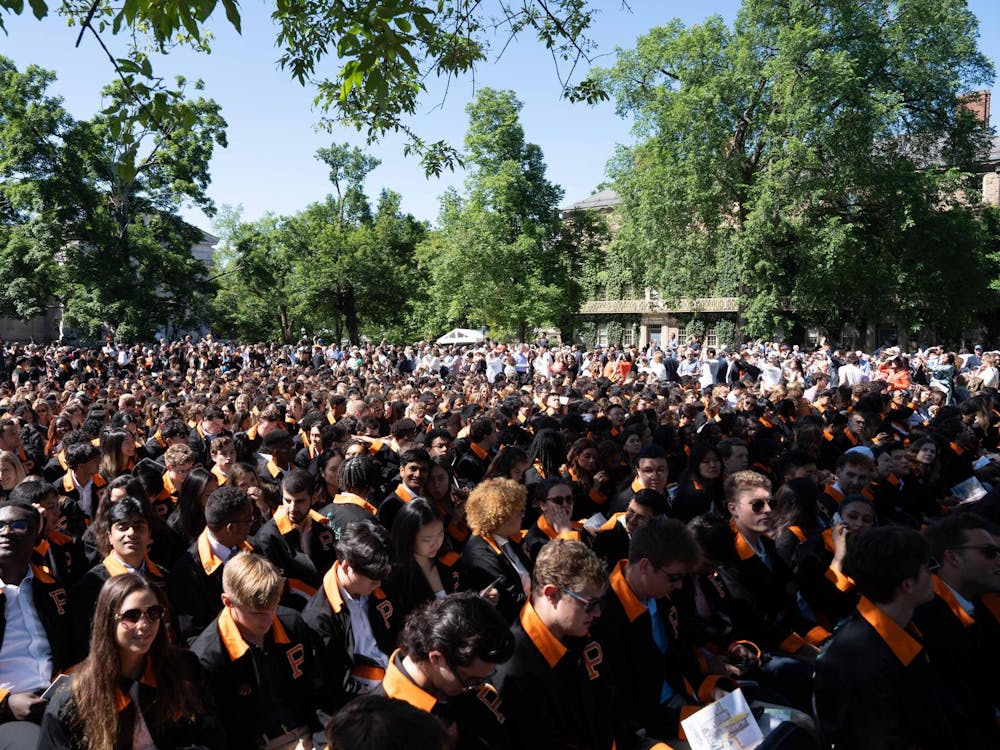Between the raging and revelry, Reunions can also give former University students an opportunity to revisit their academics. Yesterday morning, American studies professors presented to alumni and Reunions attendees, several graduates from the Program in American Studies among them, on AMS 101: “America Then and Now.”
When AMS 101 was first offered in Spring 2013 as a survey introductory course for the certificate program, the department was deliberately trying something new. The department wanted to offer what program director Hendrik Hartog called “big, broad survey courses,” courses, which, he said, are few and far between at Princeton today, due to an increased focus on academic specialization. At first glance, AMS 101 looks like a return of the traditional survey course. Its content spans centuries of American history, weaving concepts together with an interdisciplinary approach drawing from history, art history, politics, English and African-American studies.
But even though the AMS department categorizes AMS 101 as a survey course, it’s really something much different — much richer and more thought provoking. A true survey course of American history and culture that attempted to cover the highlights in a comprehensive, chronological way would inevitably lack depth and nuance. Instead, AMS 101 is a survey of moments, of artifacts, in American history and culture. Its 2014 syllabus describes the course as an introduction to “a series of significant episodes and events in America’s past and present.”
Each “episode” in the course speaks to broader themes about American life. Students study canonical texts like F. Scott Fitzgerald’s “The Great Gatsby,” but also episodes of the HBO series “Deadwood” and excerpts from Dr. Spock’s 1946 childcare manual, “Baby and Child Care.”With this format, AMS 101 defends the relevance of pop culture to academia. As Bennett McIntosh noted in a recent column, courses that find academic merit in popular media often face critiques for their perceived frivolousness. However, pop culture is a rich source for social analysis and historical inquiry.
In studying Dr. Spock’s “Baby and Child Care,” students examine the invention of childhood, the idea of Republican motherhood, the commodification of childhood and the rise of medical authority. Students make connections between what Professor Rachael DeLue, a co-instructor of the course, called the “two Jays” — Jay Gatsby and Jay Z — in a conversation about Baz Luhrmann’s adaptation of “The Great Gatsby” and America’s second Gilded Age.
Academia is often insular, with little attention paid to how popular culture can link concepts and help us interpret meaning. AMS 101 broadens the scope of academic inquiry, acknowledging the interplay between academia and society. Though the study of pop culture may not be appropriate for every discipline, University courses in other departments — history, politics and psychology for example — could benefit from more analysis of how the wider public experiences the ideas discussed in our classrooms.
Sarah Schwartz is a history major from Silver Spring, Md. She can be reached at seschwar@princeton.edu.







